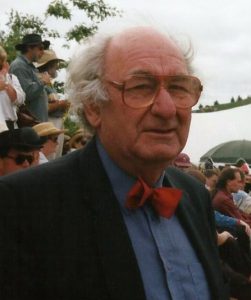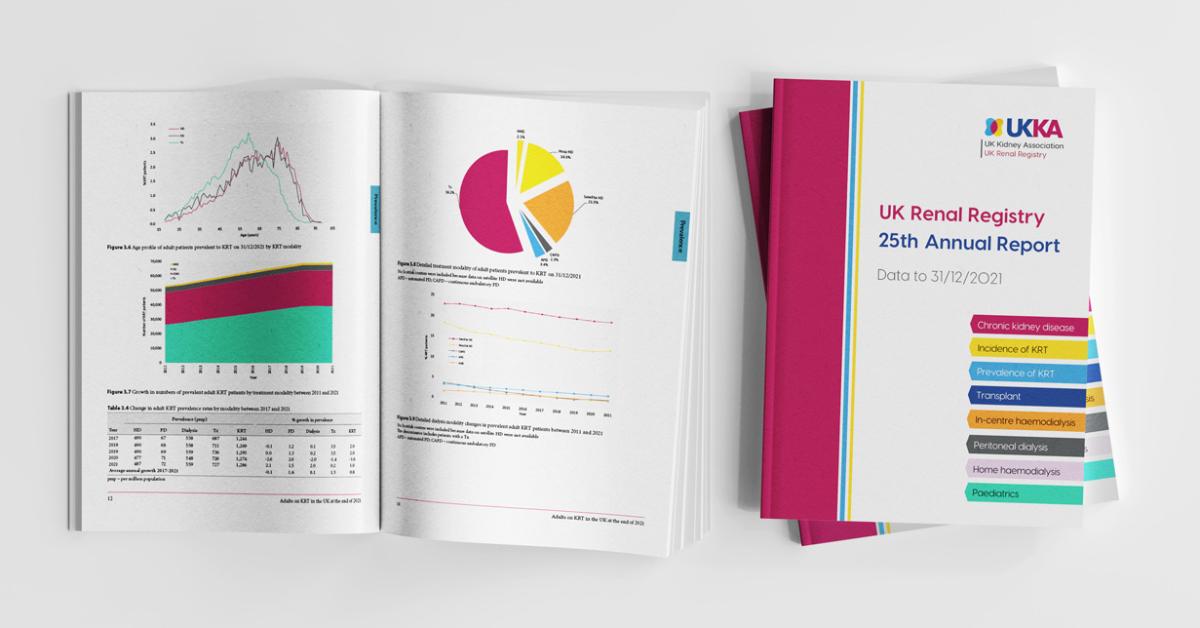
Head of the Department of Nephrology, Christchurch Hospital 1967 to 1979
President of the Australasian Society of Nephrology 1976 to 1978
Peter Little was born on 15 November 1930 in Hastings, son of Eric Cecil Little, butcher, and his wife Isabel Grace Little, nee Petersen. He died on 19 May 2011 from malignant melanoma.
Peter attended St Joseph’s Convent School and then St John’s High School, Hastings, where he played in the rugby first XV and was Dux of School in 1947. His only sibling, Adele, was the Pharmacist in Charge at Hastings Hospital for 32 years. She has been actively involved in music at the Catholic church in Hastings for 42 years. She was awarded a Papal medal for services to the church for music.
He developed a sense of justice at a young age influenced by his Catholic upbringing and education, family experiences during the Depression and work in the freezing works during university holidays.
After graduation from the University of Otago in 1954, Peter worked in Napier and Wairau Hospitals before trying his hand at general practice in Napier. While working at Napier Hospital he met Cynthia Gilbert, an English-trained nurse. They were married in 1957 and had five children; Jane Little (Project Manager), Jonathan Little (Functional Analyst), Annabel Darwish (housewife and resident in Lebanon), Harriet Little (Personal Assistant) and Pennie Little (Sales Consultant) and ten grandchildren.
Peter found he was unsuited for general practice and, with Cynthia’s encouragement, went to the UK for further medical experience in 1958.
He was fortunate to be working as a locum medical registrar for Professor Hugh de Wardener, at the Fulham Hospital, London in 1960 and decided to become a nephrologist at a time when the subspecialty was just emerging following the establishment of the feasibility of maintenance dialysis.
Peter worked first as a research fellow at the old Charing Cross Hospital from 1961 to 1963 and then as a Lecturer in Medicine for the Charing Cross Hospital Medical School at Fulham Hospital from 1963 to 1966. Peter experienced the challenges of the early days of dialysis and through his clinical research made significant contributions to the understanding of the pathophysiology of urinary tract infections. He was a member of the Medical Research Society and Renal Associatio. He published important papers on urinary white cell excretion (Lancet. 1962 Jun 2;1(7240):1149-51) and urinary tract infections in pregnancy (Lancet. 1965 Mar 13;1(7385):567-9 and Lancet. 1966 Oct 29;2(7470):925-8). Together with Hugh de Wardener he described the loin pain haematuria syndrome (Q J Med. 1967 Apr;36(142):253-9)
In 1966 he was appointed as Canterbury’s first nephrologist to set up a renal unit at Christchurch Hospital. Peter was the Head of Department from 1967 to 1979. In 1969, he established the first home dialysis programme in New Zealand and, in 1972, the regional kidney transplantation programme. Peter recognised that the hospital service would never have the resources to meet the demands for dialysis treatment. He decided that he would offer only home dialysis and return patients to the care of their general practitioner. Peter was ahead of time in recognising the need to involve the general practitioner in the care of patients with chronic illness.
Peter was active in the Australasian Society of Nephrology (now Australian and New Zealand Society of Nephrology) and its President from 1976 to 1978.
Pete Little’s views on the need to remove barriers to transplantation, particularly from living donors, were developed from his experiences working as a nephrologist in the Middle East. He was outspoken in his criticism of what he thought were unhelpful and unrealistic positions taken by ethics and medical groups such as The Transplantation Society. (Transplant Proc. 1989 Feb;21(1 Pt 2):1400-1 and Transplant Proc. 1994 Aug;26(4):2146)
Peter’s work in Baghdad gave him a unique perspective on the plight of the ordinary Iraqi, including his patients, after the two Gulf Wars. He was critical of the Western stance on the need to remove Saddam Hussein and correctly predicted the civil unrest that followed the end of the military phase of the West’s involvement.
Peter will be remembered as quite a character. Having a great intellect and being a clear analytical thinker, he did not always get on with the establishment but he was held in high esteem by patients and doctors in training. He had strong socialist convictions and was always one to support the underdog. Peter was an excellent cook and gourmet, enjoyed international travel, and was well known for his flamboyant dress and trademark bowtie.
Peter left Christchurch in 1979 to establish and head a renal unit in Saudi Arabia and subsequently worked in Baghdad where he developed a large, successful living donor kidney transplant programme. He returned to New Zealand to live in retirement but continued to travel, particularly to Ireland and Thailand.
In 2004 his first wife Cynthia died and in 2006 he married Dolores McGauran, a nurse whom he met in Iraq in the 1980’s.
He is survived by his second wife, Dolores, and his five children.



